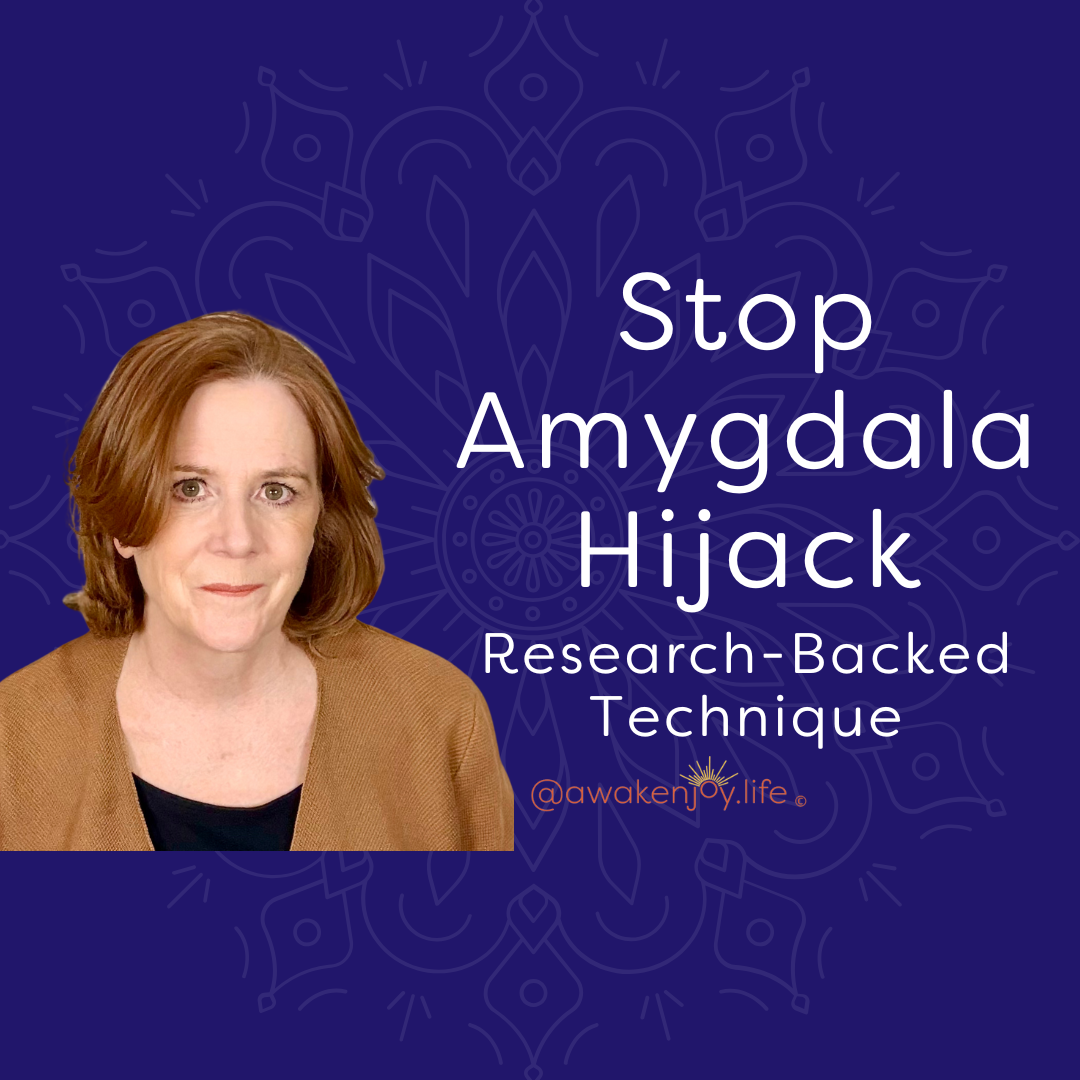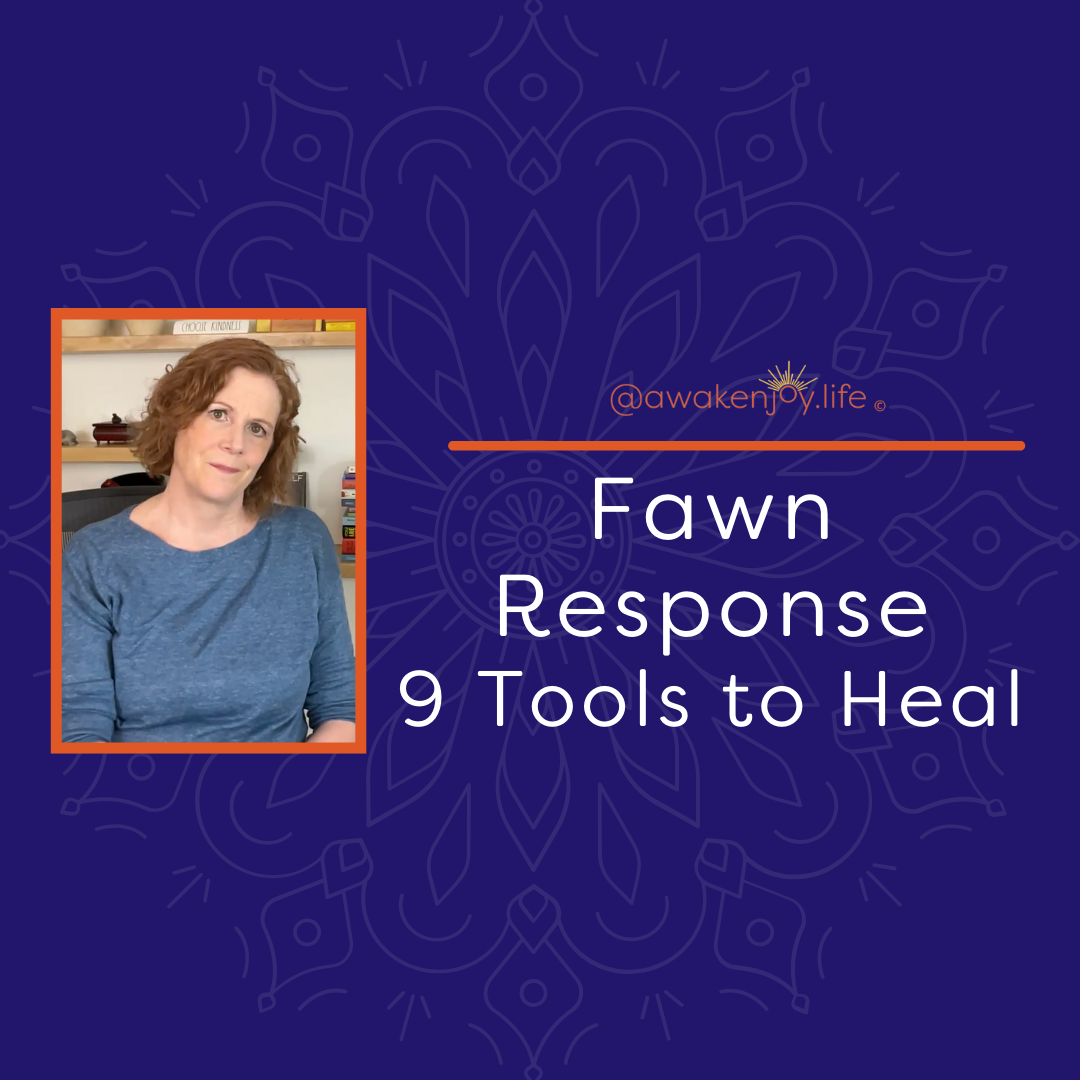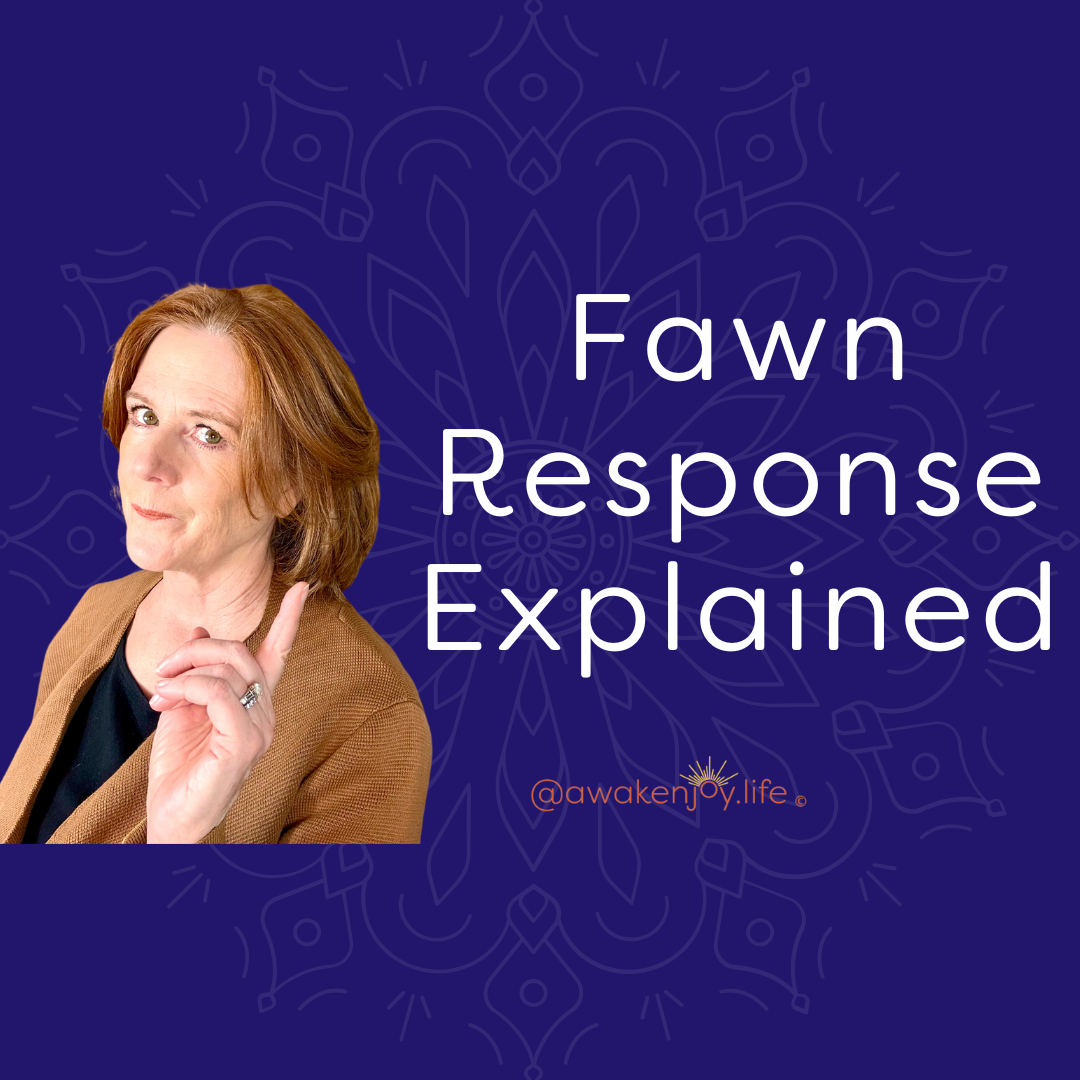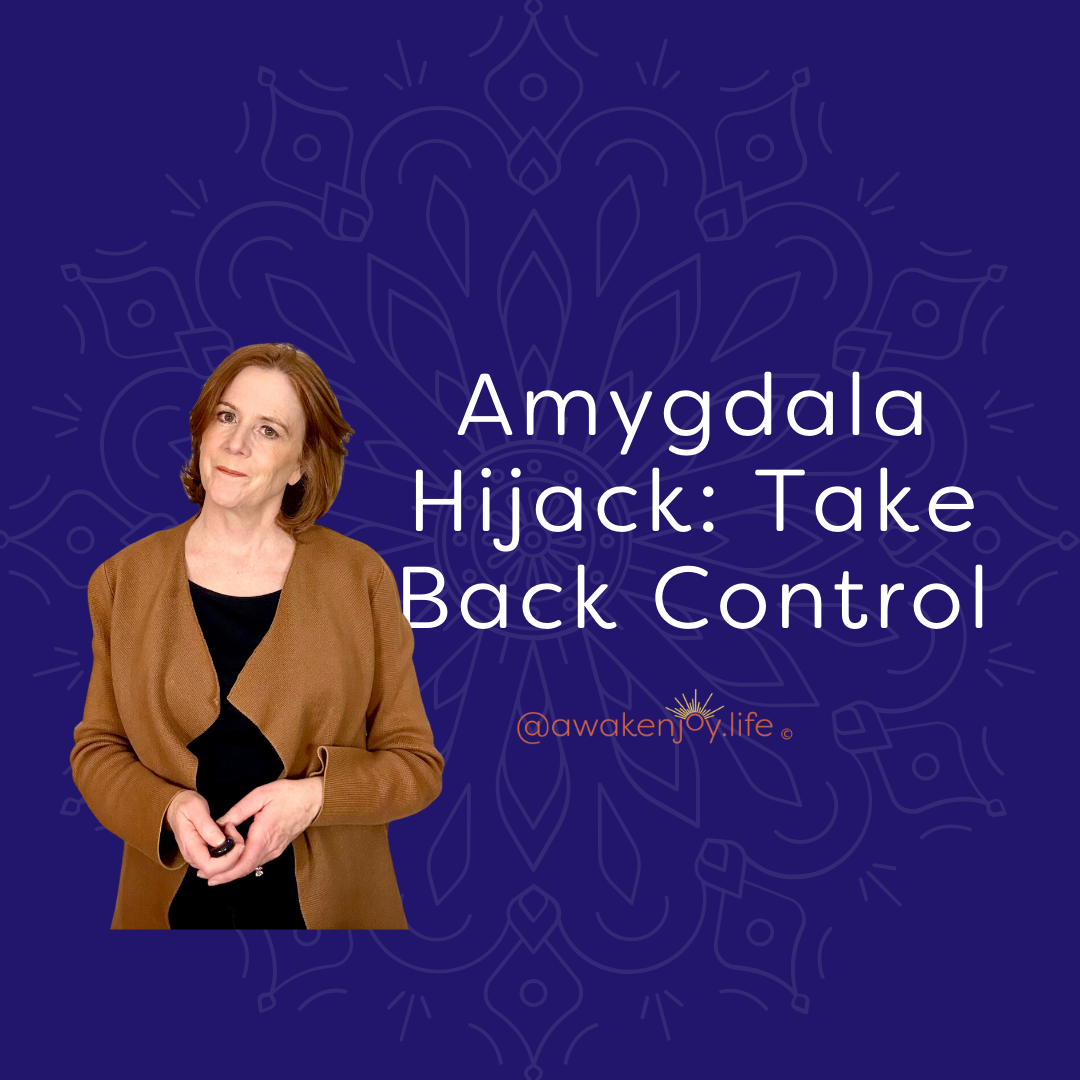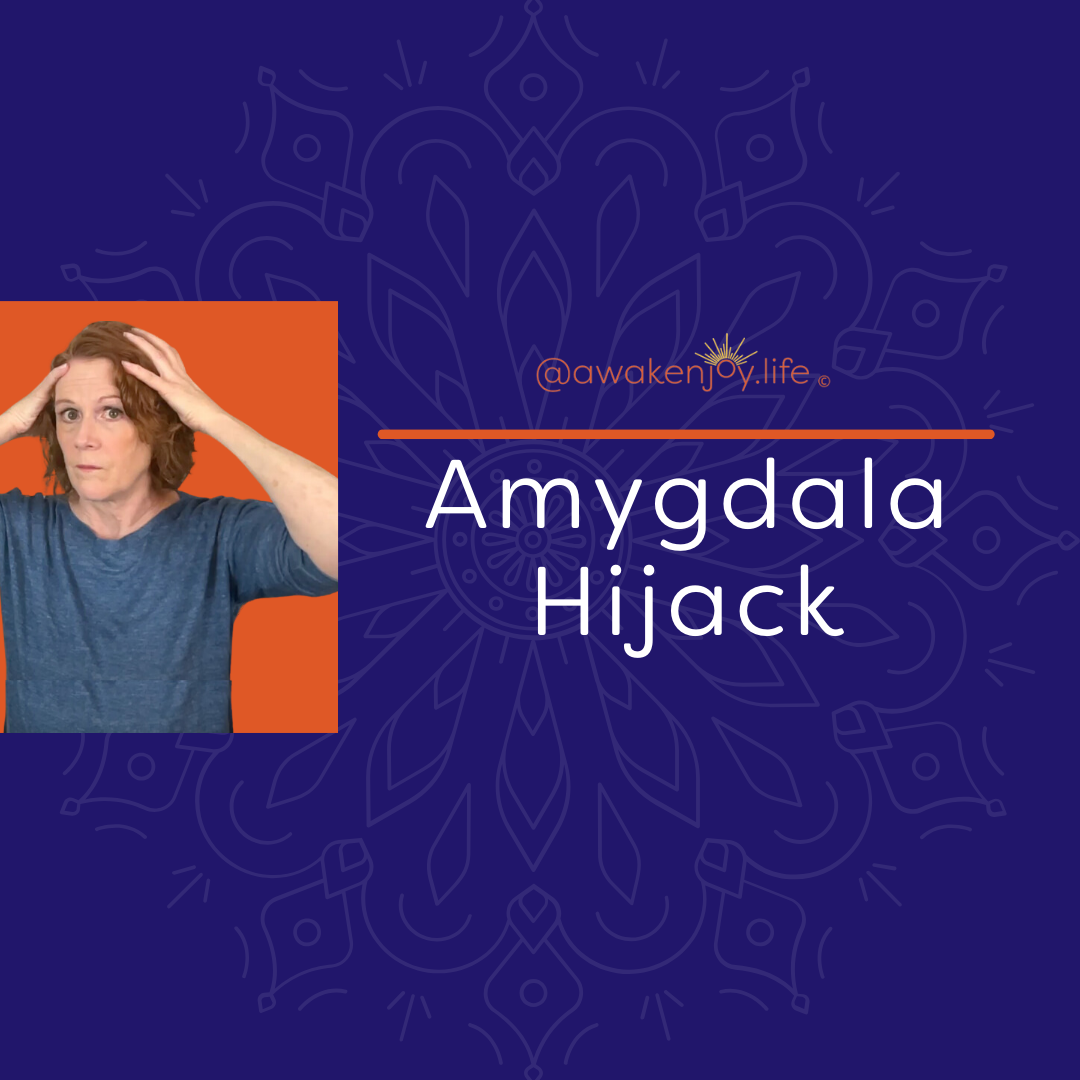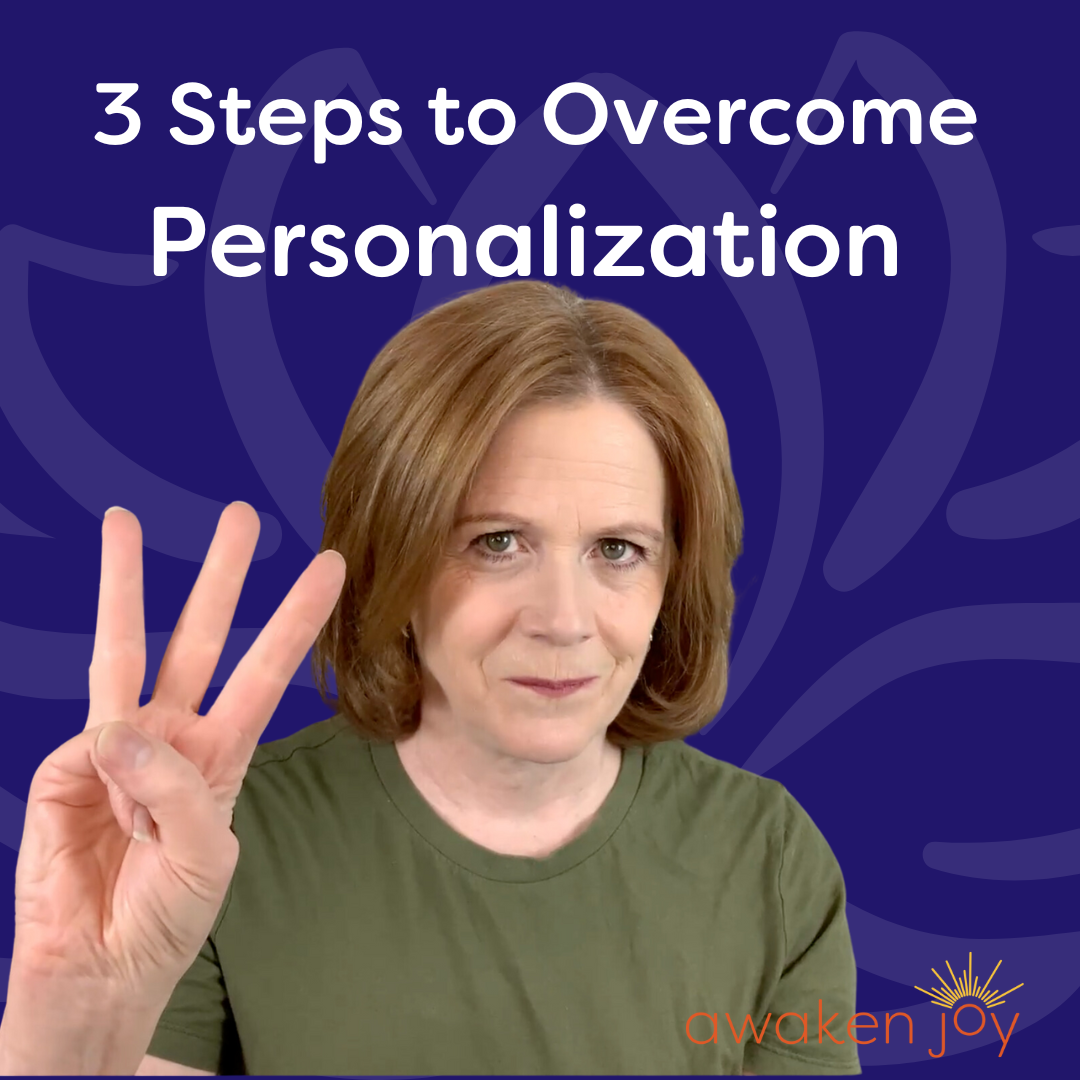Anxious For No Reason

Does Anxiety Hit You Out of the Blue?!
Do you get anxious for no reason?
BOOM! Anxiety just hits you out of the blue?
This is such a horrible feeling. And of course, the feeling leads us to wonder, “What's wrong with me?” “What is it I
should be anxious about?”
Or we may just criticize ourselves and feel defective because we are always anxious, and for no reason!
So I'm going to help you with this. This blog will help you understand why this happens and what you can do about it.
But first, I have a question for you.
If you get anxious for no reason, what is it that is signaling to you that you're anxious? This is a super important question, and you'll understand why in a little while.
Many people who feel anxious for no reason notice the anxiety signal somatically, in their body.
But for other people, the signal is an awareness of thoughts. Cognitive worry about things that are insignificant or things they know they shouldn't worry about.
Anxiety almost always consists of both components, somatic and cognitive. Yet, most of us tend to feel one or the other, or be aware of one or the other, more than the other one.
So if you're really in touch with your somatic anxiety, you are likely to feel some of the physical feelings of anxiety, such as an upset stomach, racing pulse, sweating, or muscle tension.
If you are primarily aware of your cognitive anxiety, and you worry, worry, worry, you might not even be aware of how much you're feeling in your body.
However, as people work on healing from anxiety, their awareness of the other component grows, Sometimes, during the recovery process you will be more aware of both your cognitive and somatic anxiety, and this is actually a positive step!
Understanding what to do when your anxiety hits “out of the blue” can be facilitated by an understanding of how the nervous system requires balance and how it gets out of balance. Our nervous system has two parts, a sympathetic nervous system and a parasympathetic nervous system. Our parasympathetic nervous system is what helps us fall asleep at night. Sympathetic is what helps us get up in the morning. There's a stress response in our sympathetic nervous system, and then we release it and calm down with the parasympathetic. This balance, and the alternation between the two systems is needed.
Stressors and a stress response are not necessarily bad. The stress of being hungry or needing to go to the bathroom is what can wake you up in the morning and get you going. That is what gets you up from your desk when you've been over-focused and working too much.
Stress gives us a signal. There's something we need to respond to and we respond to it. We could not exist without stress.
But when our stress response is really strong, stronger than what's needed for the situation, we release stress chemicals into our body yet there's nothing in the moment we need to respond to. That is what causes the problem of anxiety.
We’re not taught to differentiate between a normal stress response and anxiety. Anxiety is the activation of our fight, flight, freeze defense, when we are not in immediate danger. Our adrenaline spikes, impacting our entire body. Our cortisol goes up a little while afterward with the goal of bringing the adrenaline down.
But, if there is another stressor and we respond with anxiety before the cortisol has declined, the cortisol never drops. We end up with continually elevated cortisol levels.
This causes our sympathetic nervous system is to be overactivated. And if that's the case, it's hard to bring in those relaxation techniques that help the parasympathetic nervous system calm us down and keep us in balance.
If you're having a continually elevated stress response, your anxiety is not going to let you forget about it. It's going to be knocking on the door, even when there is “no reason.”
It might knock on the door whenever you begin to relax or when you're trying to go to sleep at night. Your old brain thinks something dangerous is happening and it doesn't want you to sleep or relax. Your old brain can't differentiate between an actual physical threat and the normal stressors that impact us in life. And when I say normal, that includes big issues as well as minor. Continually remembering that those “big issues” don’t need the fight, flight, freeze response can help you see the “old brain” over-reacting.
Two Concepts to Help With Anxiety
I want to give you two concepts that will help you begin to calm this habitual anxiety response down. And, later in this blog, I will also give you a couple of very practical implementable tools.
Concept #1: You Are Anxious Because You Have Anxiety
This might sound very obvious, I know. However, most people with anxiety will say, “I have anxiety because of this problem or that problem.” And it isn’t actually our problems that cause the anxiety. The problems trigger our habitual response which is to respond in an anxious manner.
It can be very helpful to think about your anxiety almost as if it's a separate entity. Your anxiety exists and it wants to sustain itself. It sustains itself by constantly scanning your environment (present and future!) to find something that it needs to be worried about. It also sustains itself by convincing you that you need it. Your anxiety is going to tell you, “You have to worry about this because it’s a problem and I'm going to help you find the solution.”
But unless the solution is in the moment to run away, fight physically, or freeze, hide under your desk, hide in the closet, you don't need your anxiety. You actually need your full brain on board to problem solve. So a technique that I love and I think can be really, really helpful is to come up with a cartoon character that represents your anxiety. (I’ll talk about this a little later in this blog as Tool #1).
Before we go there, I want to talk about:
Concept #2: If Anxiety is Your Go-To Emotion, It Is Not Giving You Good Information
Our emotions can be a wonderful source of meaningful information. However, if we have a habitual emotion, it is not giving us good information. In fact, it is covering up the emotions we actually need to access which would give us accurate information!
If you frequently feel anxious, perhaps more often than you feel anything else, it is probably a habitual emotion. You are in the habit of responding with anxiety when certain situations present themselves, or, perhaps, when any situation presents itself!
So your habit of responding with anxiety covers up other emotions. For a lot of people, anxiety covers up either sadness or anger. Those are probably the two most common emotions covered up by anxiety that I saw with my clients during my 20 years as a psychotherapist.
And I know for myself, when I used to be anxious all the time, I realized it often covered up sadness. I did NOT like to feel sad! So situations that were actually sad would cause my anxiety to jump in and say, “Oh! I can do something! I can solve this! And I would go into an anxious spiral trying to solve a problem that wasn't mine to solve. I really didn't want to admit my powerlessness or my sadness about the situation.
As you explore this concept, you might begin to realize that you prefer feeling anxious to feeling sad, or powerless, or angry, or another emotion. Yet, the emotions will never resolve if we cover them up, and we also can’t make good decisions for ourselves if we aren’t in touch with the reality of the situation.
The primary way to explore this is to slow down and begin to really listen to your deeper emotions. Listen to your quiet, inner voice, the one that doesn’t shout for you to hear it. I know the slowing down is extremely difficult for people with anxiety (in fact, that may be anxiety’s main purpose for you! A way of avoiding that stuff you don’t want to feel!). But if you can slow down and begin to really listen to what emotions are hiding underneath your anxiety, you'll begin to be able to take care of those emotions so they don't all turn into anxiety.
So let’s talk about some practical, implementable tools that can help if anxiety hits for no reason.
Tool #1: A Cartoon Character
So a technique that I love that can be really, really helpful is to come up with a cartoon character that represents your anxiety.
Think about your anxiety, what it feels like, and what it says to you. As you do that, what character encompasses those feelings and thoughts? The Tasmanian Devil, spinning out of control? Piglet, always worrying worrying, worrying?
One of my clients had a character named Sally whose hair stood on end and constantly flapped her arms. The client put Sally on her shoulder whenever she was anxious, and would imagine the anxious thoughts and feelings as coming out of Sally.
This technique helps us separate from our anxiety. It is exercising our “observer” brain, the wiser, more integrative part of our brain.
When our anxiety characters wig out, we can imagine saying, “Okay, thank you. I see you are signaling a problem. I can take it from here.
Tool #2: Behaviors That Strengthen Your Parasympathetic Nervous System
If anxiety is hitting you for no reason, it's likely that your parasympathetic and sympathetic nervous system are not in balance. The way to move towards balance is to do things that help your parasympathetic nervous system strengthen. Behaviors that strengthen your parasympathetic nervous system include guided meditation, yoga, diaphragmatic breathing, and grounding exercises.
Learn these techniques and practice them regularly, not only when the anxiety kicks in. Practice the ones that feel the most accessible, and, for now, skip the ones that feel impossible.
If you practice them regularly, your whole stress response will begin to calm down. Also, you’ll develop the relationship with these tools that you'll need so that when you get anxious, you can pull on them. If you don't practice them regularly and develop a good relationship with these tools, your old brain is not going to stand for them. Your old brain is looking for danger that is immediate and present, and that old brain wants you to flee, fight, or freeze. It’s not going to listen to something like diaphragmatic breathing unless you've really strengthened the observer part of your brain that understands that these tools help keep your stress response in balance.
I actually have a free three week miniseries on YouTube called “the ahh! mini-series.” which walks you through diaphragmatic breathing, grounding exercises, and a safe place exercise. Many people have found this super helpful as a place to start practicing these tools.
Tool #3: Don’t Give the Anxious Feeling Power
When you get that anxious feeling, BOOM!, out of nowhere, try treating it casually. “Oh, okay, there's that old feeling, there's that very familiar feeling…”
Don't feed into it.
Don't give power to it.
Accept that it is uncomfortable and that you don’t like it, but you don’t have to go elsewhere with it.
It isn’t necessary to go into, “Why am I having this anxious feeling?” ”What is wrong with me that I'm having this?” Or “I must have to worry about something.”
Your self-talk could be a little bit more like, “Ugh, I really don't like this feeling. It's uncomfortable. But I do know that if I breathe deeply enough, if I take a walk, maybe call a friend, do something healthy for myself, it will go away.”
Let me know what you think! If you try these tips, let me know how they work for you in the comments below!
Blog Author: Barbara Heffernan, LCSW, MBA. Barbara is a licensed psychotherapist and specialist in anxiety, trauma, and healthy boundaries. She had a private practice in Connecticut for twenty years before starting her popular YouTube channel designed to help people around the world live a more joyful life. Barbara has a BA from Yale University, an MBA from Columbia University and an MSW from SCSU. More info on Barbara can be found on her bio page.
Share this with someone who can benefit from this blog!
